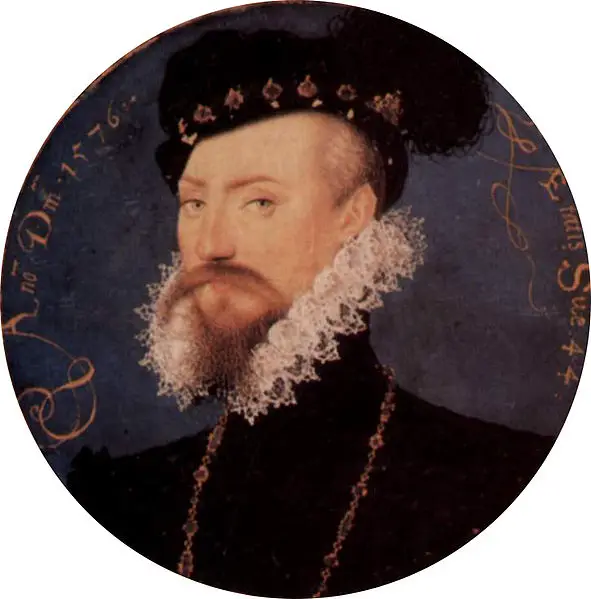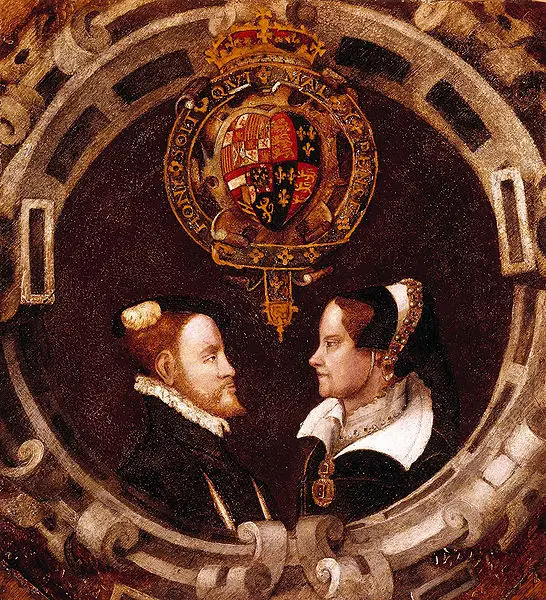On this day in history, the 26th July 1588, 4,000 men assembled at Tilbury Fort, the fort built on the Thames estuary in Essex by Elizabeth's father, Henry VIII, to guard the eastern approach to London from the expected invasion by the Spanish Armada.
The Armada had first been spotted off English shores on the 19th July, off The Lizard, the time when, according to legend, Sir Francis Drake insisted on finishing his game of bowls on Plymouth Hoe before leaving to vanquish the Spanish threat. On the 19th July, Lord Howard of Effingham and Sir Francis Drake set sail from Plymouth with 55 ships in pursuit of the Spanish Armada. Two days later, on the 21st July, there was a skirmish off Eddystone, followed by a more serious engagement two days later off the Isle of Portland, where two Spanish ships, the Rosario and the San Salvador, were abandoned after being damaged. On the 25th July, two more Spanish ships were wrecked off the Isle of Wight.
By the 22nd July, news of the Spanish threat had reached Elizabeth I at Richmond, by a system of beacons, but the Queen did not panic and impressed her council with her calm reaction, a reaction which Alison Weir believes was down to her "knowing that everything possible had been done to make England ready to repel the invader, and that her navy, with its smaller, lighter and faster ships which sailed "low and snug in the water", was, in the words of Effingham, "the strongest that any prince in Christendom hath.""1 Elizabeth composed a prayer of intercession which was read out in England's churches and then Queen, Council and country waited for Spain's next move.
Meanwhile, Robert Dudley, Earl of Leicester, who had been appointed Lieutenant and Captain General of the Queen's Armies and Companies, was gathering troops at Tilbury Fort in anticipation of a Spanish attack. He had also created a blockade of boats across the Thames. England was prepared.
Tilbury Fort
Tilbury Fort was built in 1539 by Henry VIII on the site of a dissolved hermitage, hence it's original name "The Hermitage Bulwark" or "Thermitage Bulwark". It had been built as a D-shaped blockhouse and was designed to cross-fire with the Gravesend Blockhouse built in the same year. In Elizabeth I's reign, with the threat of Spanish invasion in 1588, the fort was reinforced with a star-shaped line of earthworks, built on its landward side.
Tilbury Fort is still standing and is an English Heritage site. Visitor information can be found at the English Heritage Tilbury Fort webpage and attractions include the magazine houses, the bastion magazine passages and an exhibition on the role that the fort played in defending London.
Notes
This article was first published on The Elizabeth Files website.
- Elizabeth the Queen, Alison Weir




Leave a Reply